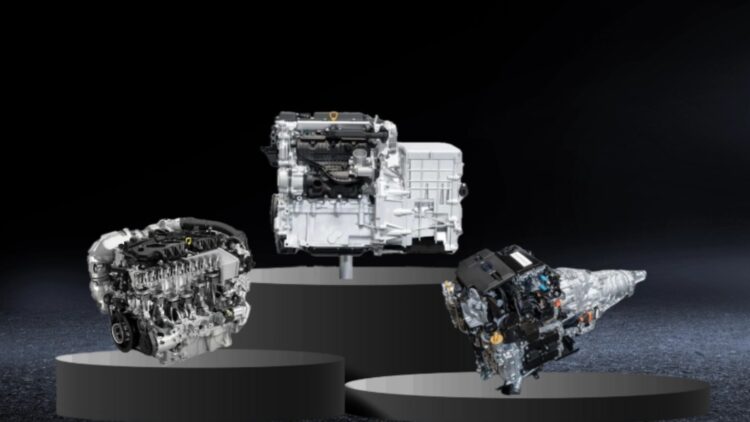With the move towards sustainable automotive innovation, Toyota, Mazda, and Subaru have teamed up to unveil their groundbreaking collaborative effort to develop next-generation internal combustion engines (ICEs). Japan surely is tired of hydrogen cars; however, this collaboration aims to revolutionize vehicle powertrains by integrating smaller and more efficient engines that are compatible with various carbon-neutral fuels, including hydrogen, biofuels, and e-fuels. This collaboration resonates with Japan’s strong commitment to achieving carbon neutrality while promoting the same performance and versatility that traditional combustion engines offer.
Taking an approach towards decarbonization
Automotive giants, Toyota, Mazda, and Subaru have come together and joined forces to create engines that not only align with stringent emissions standards but engines that seek to enhance vehicle design and performance. With a focus on compact engine designs, the collaboration aims to reduce engine size by approximately 20%, enabling lower hoods and improved aerodynamics. This design evolution will make for better integration with electric drive units, paving the way forward for far more efficient hybrid and plug-in hybrid vehicles.
According to Toyota’s CEO, Koji Sato, the development of these new engines is core to providing customers with diverse options to obtain carbon neutrality. The partnership is set to refine engine technologies through friendly competition that ensures that each company adds its unique expertise to the decarbonized engine project.
Moving in the direction of a variety of fuel alternatives
The collaboration will see engines being created that are compatible with a variety of carbon-neutral fuels. These new engines will surely reduce greenhouse gas emissions due to the use of synthetic fuels, biofuels, and liquid hydrogen. Looking at fuel alternatives eliminates the greenhouse gas emissions linked with conventional gasoline and diesel fuels. This team is focused on ensuring more sustainable fuel sources, particularly in the transportation sector.
Mazda’s CEO, Masahiro Moro, highlighted the benefits of rotary engines, stressing their compact size and fuel versatility. Moro further emphasized the essential role that rotary engines could play in our electrification era when offering high output whilst still maintaining low emissions.
Bettering vehicle performance and design
While the development of these new engines is geared towards transforming vehicle packaging and performance, the engines could improve overall vehicle performance and enhance the design aspect of vehicles. Basically, lower vehicle hoods are allowed due to reduced engine size. Alongside the lower vehicle hoods is the promise of integrating compact engines with electric drive units to allow for far more flexible vehicle designs.
Subaru remains committed to keeping its well-known symmetrical all-wheel-drive system even in future hybrid models. It is clear that since the focus is on bettering engine layouts and integrating them with electric components, Subaru can stay true to its aim of delivering vehicles geared for performance and sustainability.
A peek into the sustainable automotive future
The collaboration between Toyota, Mazda, and Subaru in an ever-evolving automotive industry shows a forward-thinking approach in the journey to reach carbon neutrality. At the center of this collaboration is the mission to create advanced internal combustion engines that are highly compatible with alternative fuels. All three companies are redefining a new standard for sustainable vehicle performance. This initiative not only deals with environmental concerns but also ensures that consumers gain access to a more diverse range of vehicles set to meet their needs and preferences.
This partnership between Toyota, Mazda, and Subaru gives us a glance at the sustainable and versatile automotive future. By keeping abreast with the ideas of innovation and collaboration, these companies will surely define the path toward carbon neutrality, which can only be achieved through a multifaceted approach that includes both electrification as well as continued development of ICEs.


